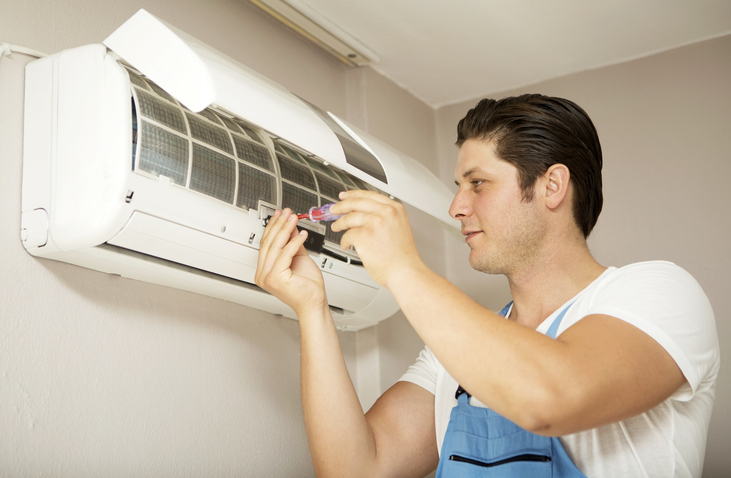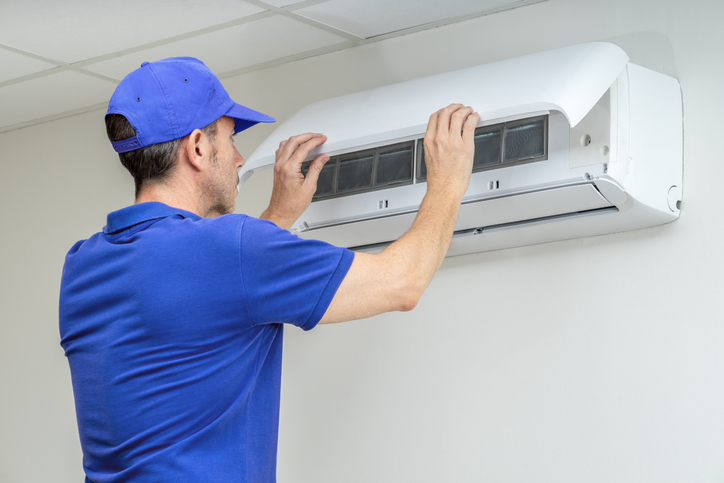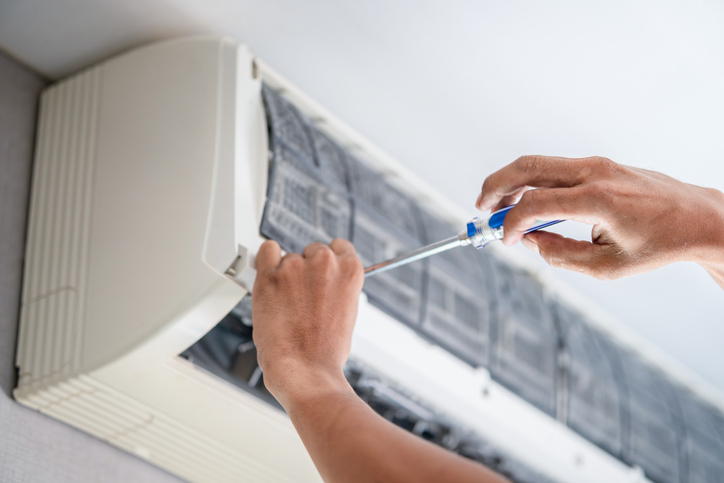nstalling a new air conditioning system requires careful planning, and one of the most crucial aspects is proper sizing. An incorrectly sized AC unit can lead to inefficient cooling, increased energy costs, and premature system failure. Many homeowners mistakenly believe that bigger is better, but an oversized unit can cause just as many issues as an undersized one. Understanding the importance of proper sizing in AC installation ensures long-term comfort, efficiency, and cost savings. This article explores why AC size matters, how professionals determine the right unit size and the consequences of improper installation.
1. Why AC Size Matters for Performance and Efficiency
Selecting the correct AC size directly affects performance and energy efficiency. If the unit is too small, it will struggle to cool the space, running continuously and leading to higher energy bills. An oversized unit, on the other hand, will cycle on and off frequently, wasting energy and failing to maintain consistent temperatures. Proper sizing allows the system to run at optimal efficiency, ensuring effective cooling without excessive power consumption.
2. The Role of Load Calculation in AC Sizing
HVAC professionals use a process called load calculation to determine the right AC size for a home. This calculation considers various factors such as square footage, insulation levels, climate, number of occupants, and heat-generating appliances. Using Manual J, a widely accepted industry standard, technicians can assess the specific cooling requirements of a property. This precise method ensures that homeowners get an AC unit that meets their needs without unnecessary energy waste.
3. The Consequences of Oversized AC Units
Many homeowners assume that a larger AC unit will cool their home faster and more efficiently, but this is a misconception. Oversized units cycle on and off too frequently, leading to inefficient cooling and higher energy costs. Short cycling also prevents the system from effectively dehumidifying the air, resulting in a cold but clammy indoor environment. Additionally, constant on-off cycles place extra strain on components, leading to more frequent repairs and a shorter system lifespan.
4. The Problems Caused by Undersized AC Units
An AC unit that is too small for a home will run continuously in an attempt to reach the desired temperature. This not only increases energy bills but also puts excessive wear on the system. Undersized units struggle to maintain comfort levels, especially during peak summer months. The increased workload on the system can lead to overheating, component failure, and higher maintenance costs over time.
5. How Proper Sizing Extends AC System Lifespan
Correctly sizing an AC system ensures that it operates within its intended parameters, reducing strain on internal components. An optimally sized unit runs efficiently without excessive cycling, extending its lifespan. Homeowners benefit from fewer breakdowns, reduced repair costs, and a longer-lasting cooling system. Investing in proper sizing during installation pays off in long-term reliability and performance.
6. Energy Efficiency and Cost Savings with Proper Sizing
Energy efficiency is one of the biggest advantages of correctly sizing an AC unit. A properly sized system consumes less power while maintaining ideal indoor temperatures. This translates to lower electricity bills and a reduced carbon footprint. Over time, the savings on energy costs can be significant, making proper AC sizing a smart investment for any homeowner looking to reduce utility expenses.
7. Factors That Influence AC Sizing Requirements
Several factors impact the appropriate AC size for a home:
- Home Size and Layout: Larger homes require more cooling capacity, but room configurations and multi-story layouts also affect requirements.
- Insulation Quality: Well-insulated homes retain cool air better, reducing the need for a larger unit.
- Climate and Outdoor Temperatures: Hotter regions demand higher cooling capacity compared to milder climates.
- Number of Occupants: More people generate more body heat, affecting cooling load calculations.
- Windows and Sun Exposure: Homes with large windows or direct sunlight exposure may need a higher-capacity AC.
8. Working with Professionals for AC Sizing and Installation
Proper AC sizing requires expertise, so it’s essential to work with HVAC professionals for accurate load calculations and installation. Certified technicians assess all influencing factors and recommend the right unit size based on industry standards. They also ensure that the ductwork, airflow, and thermostat settings align with the system’s capacity. Professional installation guarantees efficiency, comfort, and long-term system performance.
The success of an AC installation depends significantly on proper sizing. Choosing the right unit size prevents energy waste, reduces repair costs, and extends the system’s lifespan. Whether upgrading or installing a new system, homeowners should prioritize proper sizing to maximize efficiency and indoor comfort. Consulting experienced HVAC professionals ensures an accurate assessment and a cooling solution tailored to specific home needs.
Achieve optimal comfort and efficiency with expert AC Installation from Global Cooling & Plumbing+. Get in touch with us at (830) 992-7887 today for precise system sizing and professional installation. Enjoy reliable cooling and lower energy costs!








